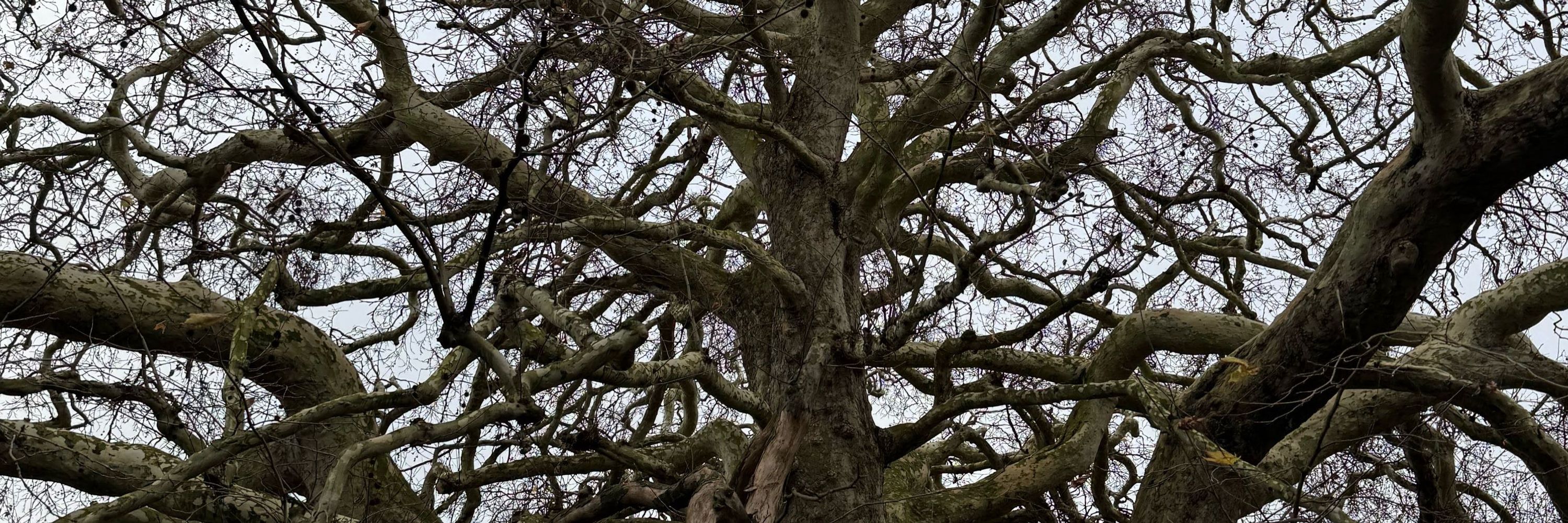
www.pnas.org/doi/full/10....
#protistsonsky 🧵
#protistsonsky 🧵



We show that #Expansion #Microscopy is a broad-spectrum modality for Euks, enabling 3D phenotypic maps rooted to phylogeny.
#ProtistsOnSky #SciComm #SciSky
www.cell.com/cell/fulltex...
We show that #Expansion #Microscopy is a broad-spectrum modality for Euks, enabling 3D phenotypic maps rooted to phylogeny.
#ProtistsOnSky #SciComm #SciSky
www.cell.com/cell/fulltex...

Published in Database by @oxfordacademic.bsky.social

Published in Database by @oxfordacademic.bsky.social
rdcu.be/eLbaZ
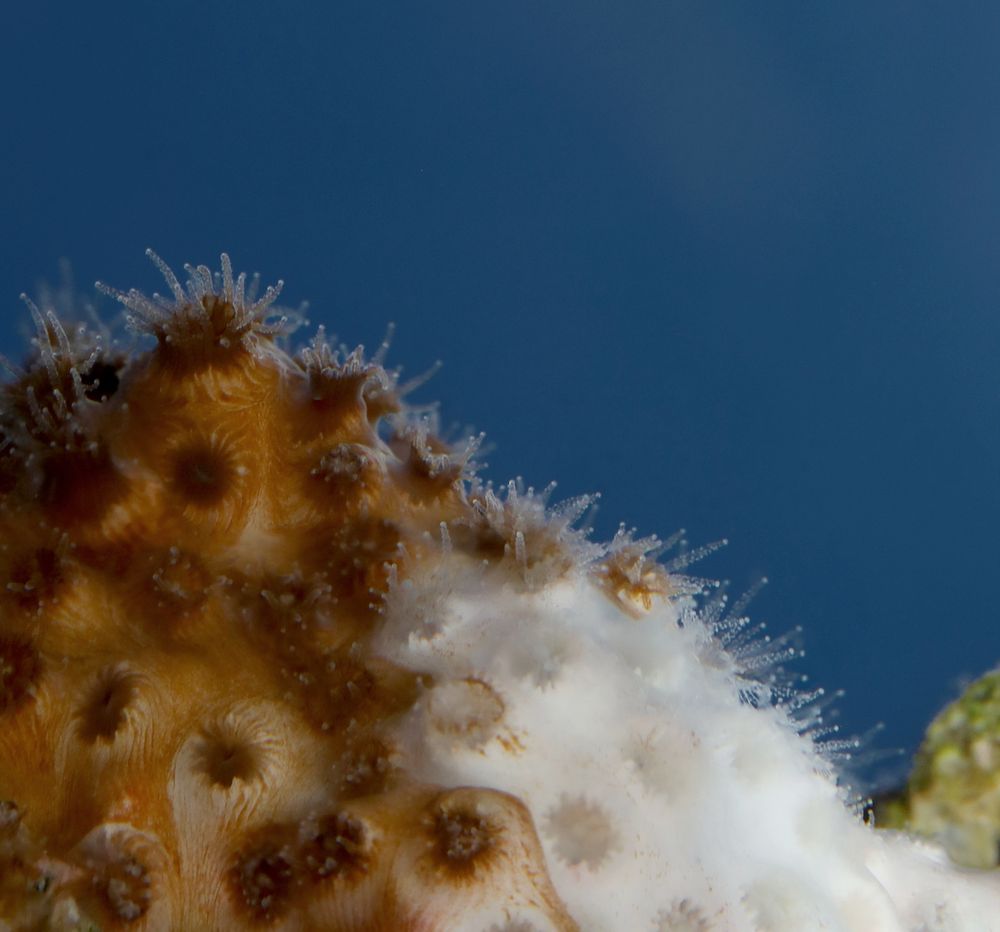
rdcu.be/eLbaZ


www.pnas.org/doi/full/10....
www.pnas.org/doi/full/10....
This is a new family distinct from canonical ChRs with a novel transport mechanism🦠—paving the way for future multi-wavelength optogenetics! 🔬
www.pnas.org/doi/full/10....
#OpenAccess



Really proud of this paper led with Karla at @cstairs.bsky.social lab.
doi.org/10.1093/isme...

Really proud of this paper led with Karla at @cstairs.bsky.social lab.
doi.org/10.1093/isme...
"A diverse community constitutes global coccolithophore calcium carbonate stocks"
Three large coccolithophores together hold about half of the global CaCO₃ stock!
G. huxleyi <10%
➡️ climate models need to include this broader diversity!
📄 doi.org/10.1101/2025...
#protistsonsky

"A diverse community constitutes global coccolithophore calcium carbonate stocks"
Three large coccolithophores together hold about half of the global CaCO₃ stock!
G. huxleyi <10%
➡️ climate models need to include this broader diversity!
📄 doi.org/10.1101/2025...
#protistsonsky
Isn't it beautiful?
This image is just a glimpse of what's to come. We can't wait to share our full findings soon, in partnership with Guifré @beaplab.bsky.social @luisjagago.bsky.social. Stay tuned! #NewSpecies #protistsonSky #diversity

Isn't it beautiful?
This image is just a glimpse of what's to come. We can't wait to share our full findings soon, in partnership with Guifré @beaplab.bsky.social @luisjagago.bsky.social. Stay tuned! #NewSpecies #protistsonSky #diversity
#Protists #Microbes #FluidDynamics #Biophysics

#Protists #Microbes #FluidDynamics #Biophysics
go.nature.com/3JyRV4S

go.nature.com/3JyRV4S
Indeed Discocelia has to be at least top 5 cutest protists!
#protistsonsky
onlinelibrary.wiley.com/doi/epdf/10....


Indeed Discocelia has to be at least top 5 cutest protists!
#protistsonsky
Apply by Sept 17th (RTs appreciated!)
jobs.exeter.ac.uk/hrpr_webrecr...
Apply by Sept 17th (RTs appreciated!)
jobs.exeter.ac.uk/hrpr_webrecr...
onlinelibrary.wiley.com/doi/epdf/10....

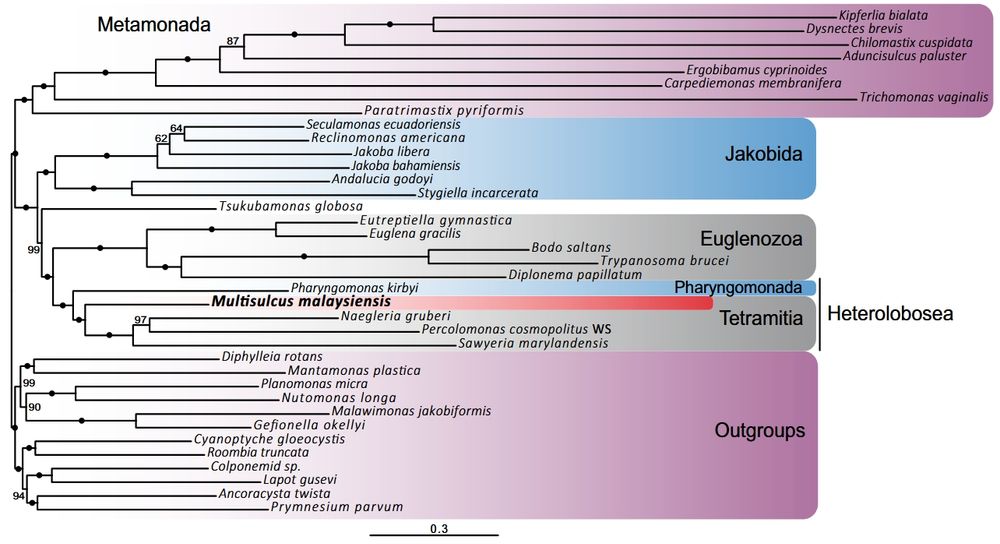
onlinelibrary.wiley.com/doi/epdf/10....
www.biorxiv.org/content/10.1...
#protistsonsky #marinemicrobes 🌊🔬
www.biorxiv.org/content/10.1...
#protistsonsky #marinemicrobes 🌊🔬
authors.elsevier.com/sd/article/S...
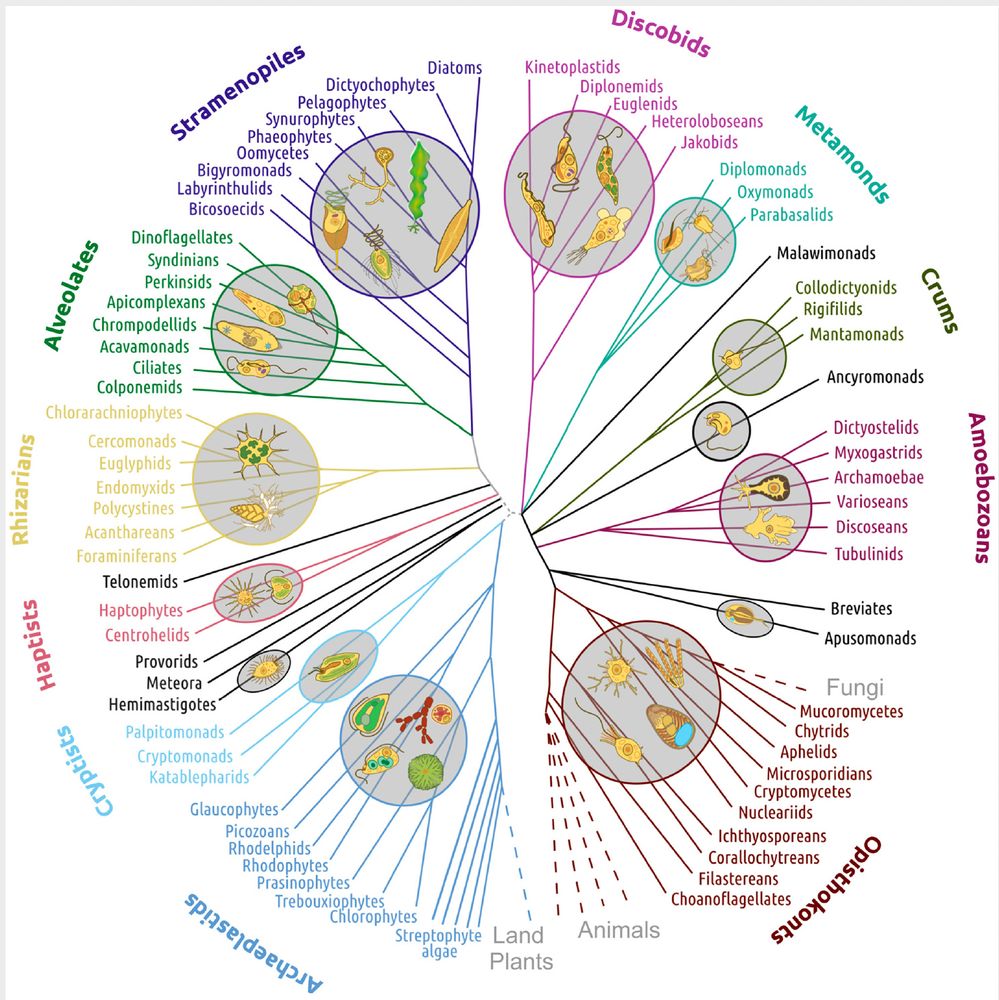
authors.elsevier.com/sd/article/S...
Watch the video!
Massive thanks to @luisjagago.bsky.social (isolation wizard!) & @beaplab.bsky.social @ibe-barcelona.bsky.social @prbb.org @csic.es @erc.europa.eu #protistsonSky
Watch the video!
Massive thanks to @luisjagago.bsky.social (isolation wizard!) & @beaplab.bsky.social @ibe-barcelona.bsky.social @prbb.org @csic.es @erc.europa.eu #protistsonSky
Led by @n-llopis-m.bsky.social, and thanks to all co-authors, I'm very happy to finally see it out!
#protistsonsky
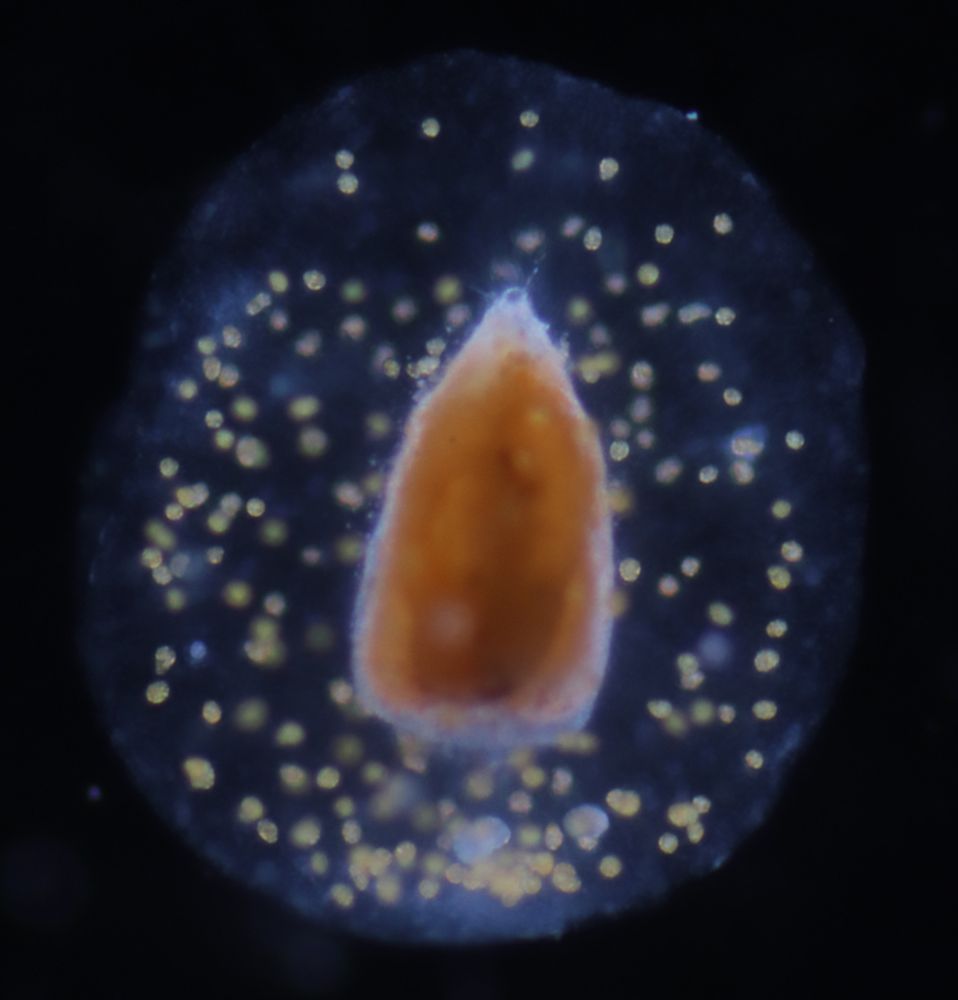
Led by @n-llopis-m.bsky.social, and thanks to all co-authors, I'm very happy to finally see it out!
#protistsonsky

